5 Big Reasons Why CES Has Actually Become a Car Show

For a trade show that has traditionally been about gadgets, the Consumer Electronics Show sure has a lot of cars on display.
In case you missed it, the Consumer Electronics Show (CES) kicked off this week, and you may be a bit surprised to see content about a gadget show on the pages of AutoGuide.com. No, your favorite car advice and news site hasn’t started covering smartphones and tablets. Instead, automakers have been becoming increasingly involved with CES over that past few years. What gives?
Here are 5 big reasons why the CES has actually become a car show.
1. Many of the Major Automakers are There
Look up all the transportation and automotive-themed keynote addresses and conferences. In the first three days of the show, there were three big conferences including from VW CEO Dr. Herbert Diess and General Motors CEO Mary Bara. Even with the Detroit Auto Show starting in less than a week, these automakers decided to show off new cars, concepts and ideas for the future here.
See Also: Production 2017 Chevrolet Bolt Unveiled, Heading to Market
Those weren’t the only automakers to have a conference, though. Audi, BMW, Toyota, Ford and Renault- Nissan all had announcements at the show, along with big automotive suppliers like QNX, Bosch, Valeo and Harman.
Automakers even used the show to announce partnerships with high-profile tech companies that will make a huge splash in the future, like the GM and Lyft Partnership that will aid in developing an autonomous car network.
2. There Are Always BIG Car Reveals
There were three really big car reveals at CES this year. First was the introduction of the production Chevrolet Bolt. An electric vehicle with a range of 200 miles and a price tag of $30,000 (after incentives), the Bolt may have what it takes to move electric vehicles into the mainstream. We also had the opportunity to drive a development mule (but more on that later).
The next biggest car reveal from CES came from a mysterious new automaker: Faraday Future. Just 18 months old, Faraday Future (or FF for short) is making big headlines for acquiring a very talented staff of experienced engineers and designers. The company’s lead designer is the same person who designed the BMW i8 and i3 concepts, while the senior R&D lead used to work at Jaguar. The company says it has some big ideas for the automotive industry that will change the way we look at mobility, but that idea kind of fell flat when they introduced a wacky-looking and far-fetched FFZERO1 race car with little-to-no practical value. Still, FF believes its variable architecture, which underpins the FFZERO1 and will also be found in its production cars, will be its killer app. This crazy concept should really just be seen as a showcase for what FF is capable of, and the kinds of technology that will trickle down to FF production cars in the future.
See Also: Mysterious Car Company Out-Teslas Tesla with 1,000 Horsepower Electric Vehicle
Finally, looking to put the diesel scandal behind it, Volkswagen introduced two new concepts, the most significant of which was the BUDD-e van, which is just too easy to like due to its resemblance to the hippie van that VW used to be known for. This fully electric van can travel about 300 miles on the EPA cycle, and takes just 15 minutes to recharge back to 80 percent. Of course, it also features a high-tech, fully connected interior and gesture controls for practically everything, even opening the doors. The big news is that the BUDD-e concept is also able to connect to your smart home, meaning it can tell you if you have visitors, or if your fridge needs restocking.
3. Cars are Getting More High-Tech and Connected, So it’s Only Natural
CES is still about technology, there’s no doubt about it. There are massive displays for new televisions, drones, smart appliances and other strange new gadgets. Cars are also taking center stage now, showing off how our favorite technologies to use at home can also be used in our car.
Integrating your phone with your car is one thing, but smart home connectivity is also gaining traction. For example, a car will soon be able to communicate with your home about when you’ll be home, and allow you to pre-heat your oven so you can get right to cooking dinner when you arrive. You could also shut off or turn on the lights remotely, or turn off the heat or air conditioning when you’re not home, allowing you to save money on utility costs.
See Also: Volkswagen BUDD-e Concept Reignites Your Hippie-Van Dreams
But one major reason there are more cars at CES is because of advancements in computing. Processors have become so advanced and so small that self-driving cars can have a computer board that’s smaller than a tablet to control all of a vehicle’s sensors and cameras. Cars are essentially rolling computers these days, and what’s going on in their computers is quickly becoming more important that what’s going on in their engines.
4. Big Data and Car Companies Need to Work Together
CES isn’t just about high tech hardware, because the show also has an emphasis on living in a connected world, and that’s something that the automotive industry will really benefit from. Autonomous cars will need to be connected to one another and some sort of central infrastructure in order to be safe and more efficient, and to react to certain things like road closures, weather conditions and traffic.
See Also: Latest in Harman’s Car Connectivity, Audio and Safety Tech Showcased at CES
This leads to news like the three biggest luxury German automakers (Audi, Mercedes and BMW) teaming up to acquire Here maps from Nokia for $3 billion dollars. Combine that with news like VW and General Motors working with Mobileye to use sensors to help build real-time maps, and chip maker Nvidia developing computers that can learn how to drive, and it’s clear that the future of driving is very high tech indeed and relies on a huge data bank of information that is constantly being augmented and analyzed.
5. The Car World and Tech World are Full of Dreamers
One thing that really stands out at the Consumer Electronics Show is how crazy and futuristic everything is. Beyond the automotive industry, you’ll see ideas like light bulbs that have built-in speakers and Bluetooth connectivity so you can control them with your phone, and play music off of them. These ideas seem so far-fetched, but when you really think about it, they might actually work.
This happens with the automakers here, too. At CES, an automaker can announce that it’s going to invest in robotics technology, like Toyota did. A car company can show off a high-tech mirror that shows you your appointments and electric vehicle’s charge status and sync that information to your car’s agenda, like BMW displayed.
In this trade show, ideas that are unique are not only OK, but they are encouraged. Companies don’t get totally lambasted for having nonsensical or impractical ideas; they get applauded for being creative.
That’s what makes CES such a cool and increasingly important car show.

Sami has an unquenchable thirst for car knowledge and has been at AutoGuide for the past six years. He has a degree in journalism and media studies from the University of Guelph-Humber in Toronto and has won multiple journalism awards from the Automotive Journalist Association of Canada. Sami is also on the jury for the World Car Awards.
More by Sami Haj-Assaad



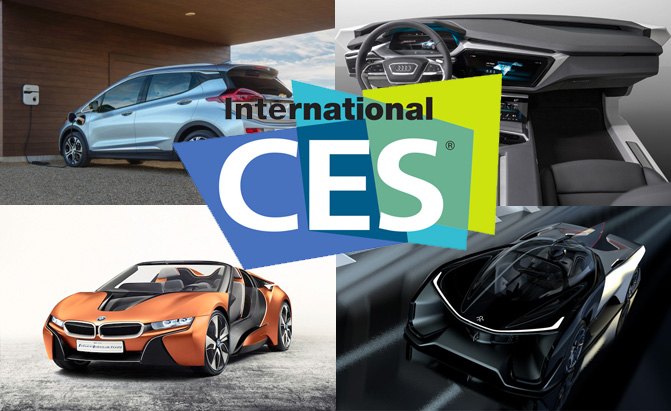

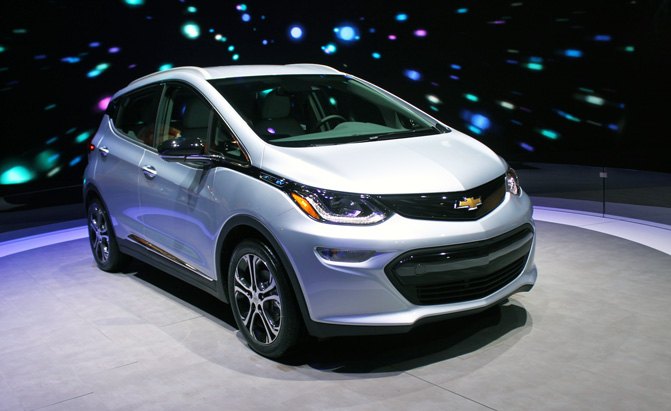

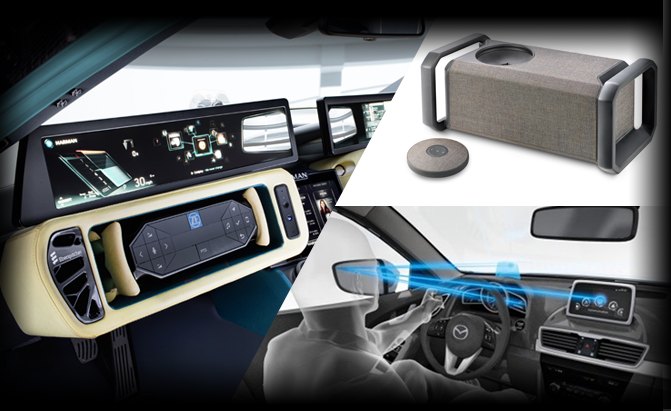















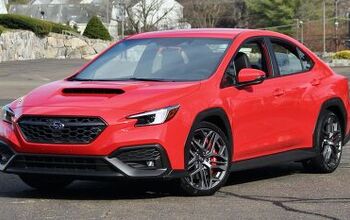



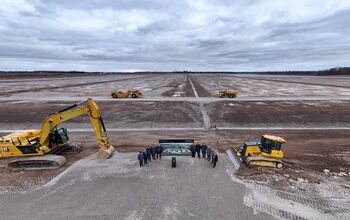


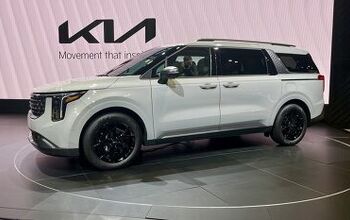


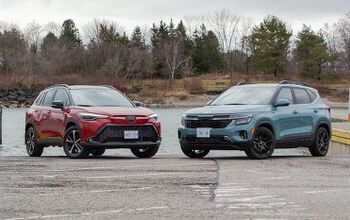



Comments
Join the conversation